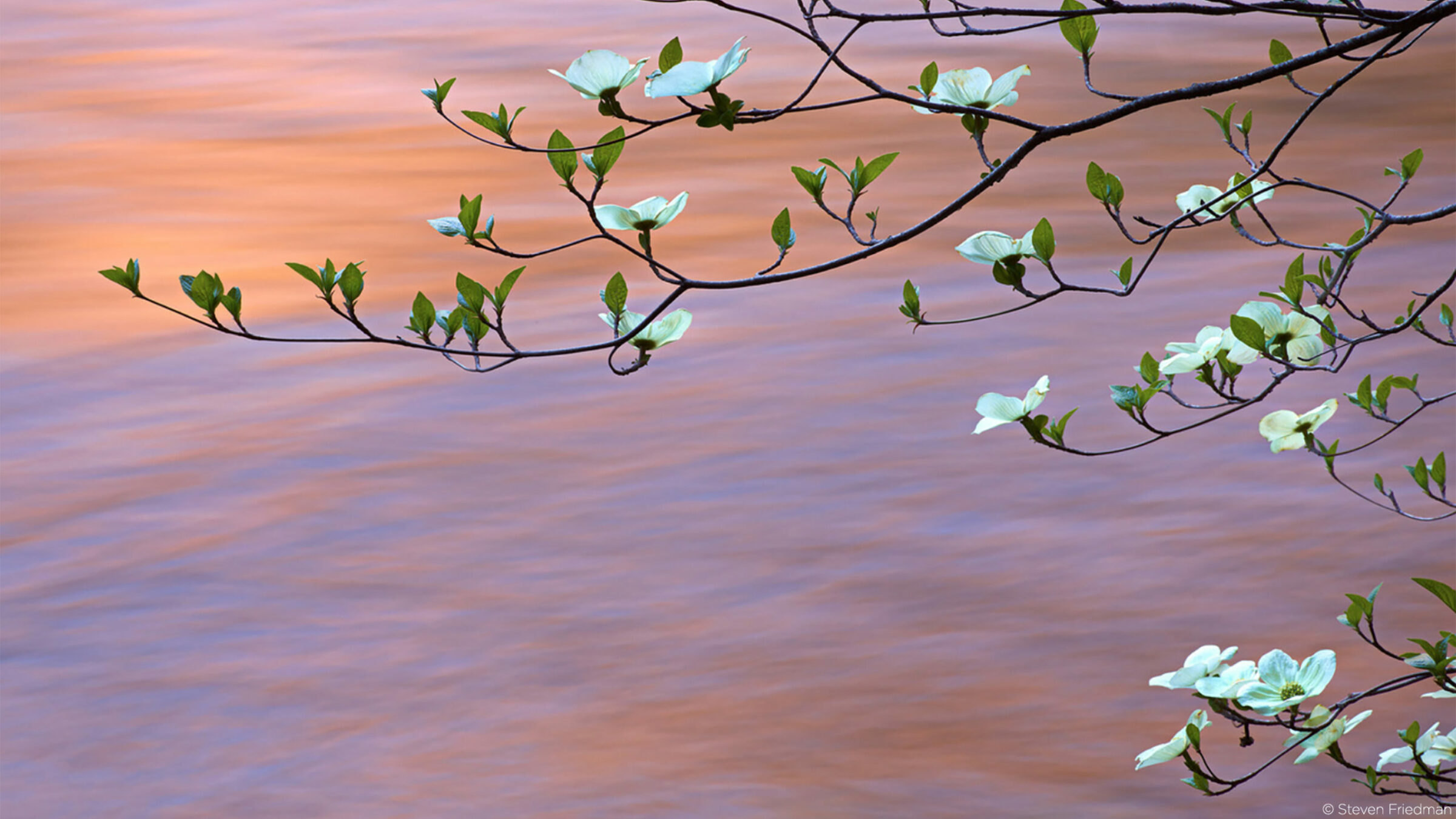Steven Friedman is a fine art landscape photographer from Salt Spring Island, B.C., Canada. He almost literally stumbled upon photography three decades ago, when he discovered a lost camera on a hike. Since then, he’s been refining his style of intimate fine art landscape photography, characterized by careful compositions of nature at its purest. With each image, Steven carries the viewer through time and space to the moment when he took the shot, after days of hiking and hours of hunting for the spot where all of nature comes together in harmony.
Before becoming a full-time photographer, I worked as an economist. Interestingly, some unexpected similarities between the two professions. In economic forecasting, I analyze large volumes of data to find a story in their connections. To me that’s the same as when I’m in a forest and have to interpret all the chaos in front of me, trying to come up with a composition worthy of a fine art print to be sold in a gallery.
I had never taken a picture in my life at the point when, one late autumn day, I was hiking in the Gatineau National Park in Canada and found a 35mm film camera at a viewpoint. Knowing someone must be missing it, I called the ranger station to let them know the make and model. I had always been curious about photography, so I asked the ranger if, instead of returning it, I could hang on to the camera, and provide him with my contact information in case the owner came looking. No one ever did. The camera sat in my home for a while until I took a trip down to the U.S Southwest. That’s when I grabbed it, got a few rolls of film and started playing around.
What I love is the journey, the hike to that secret place and that spot only I know of.
The moment photography changed for me was when I started printing. First on a small desktop printer, and then on larger and larger printers, until I realized how big of a difference it made, how looking at a high quality large print brought me back to the moment when I took the picture and how it felt to be there. That’s also when I realized that I might actually have something special going on. So I started reaching out to fine art galleries to show my work and, once I was selling in galleries and making a good income from my art, I decided to make the career switch.
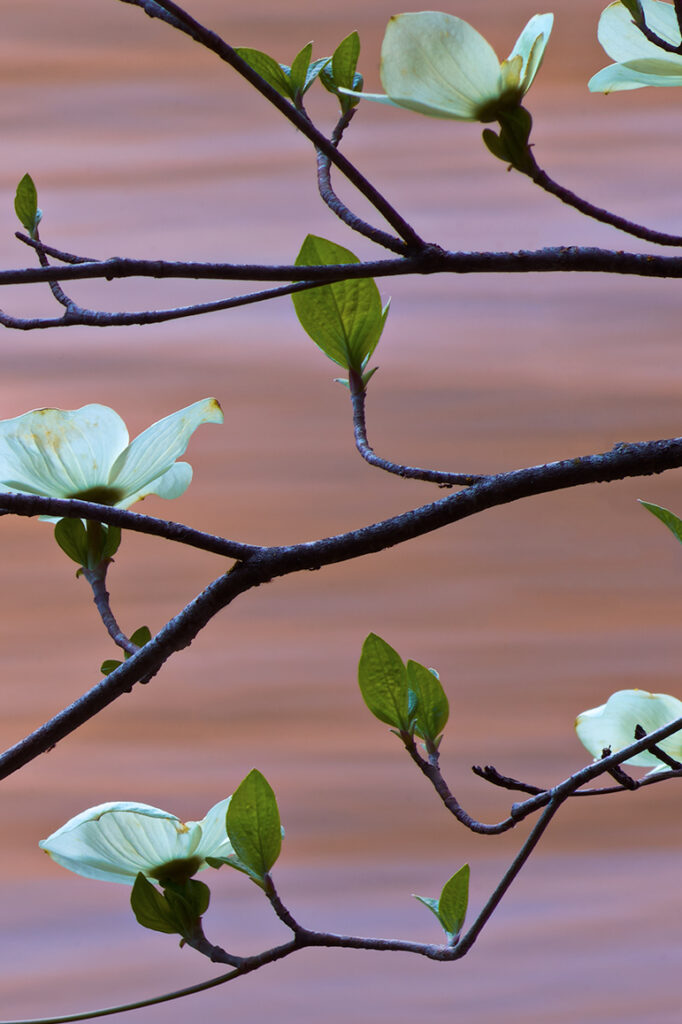
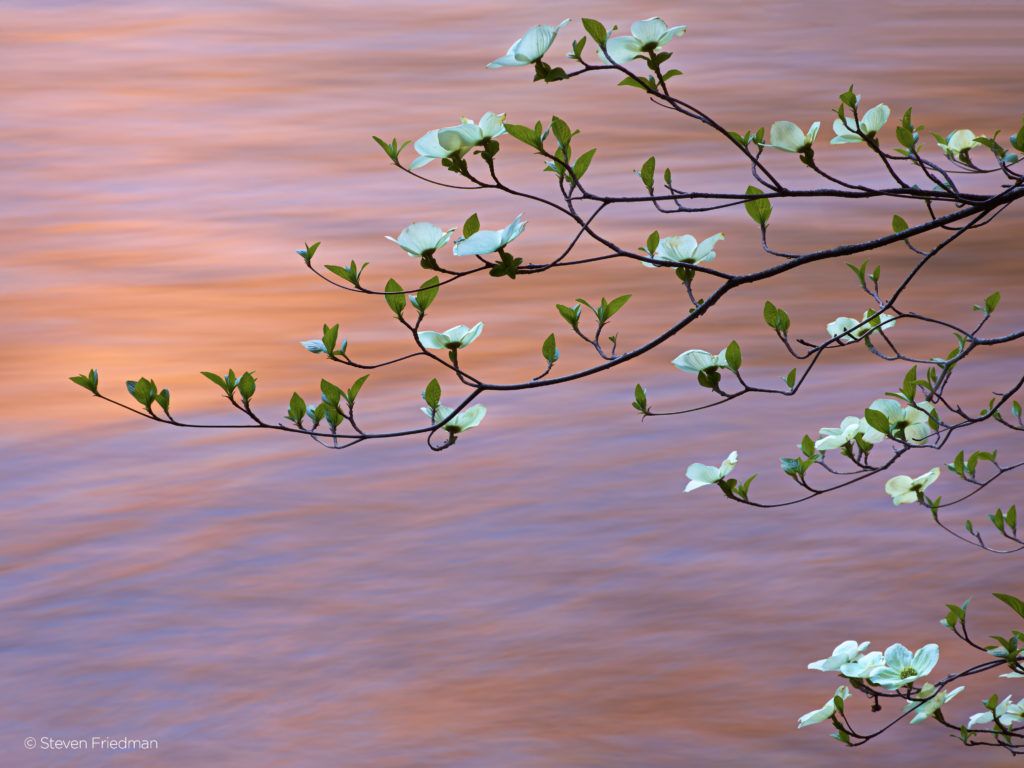
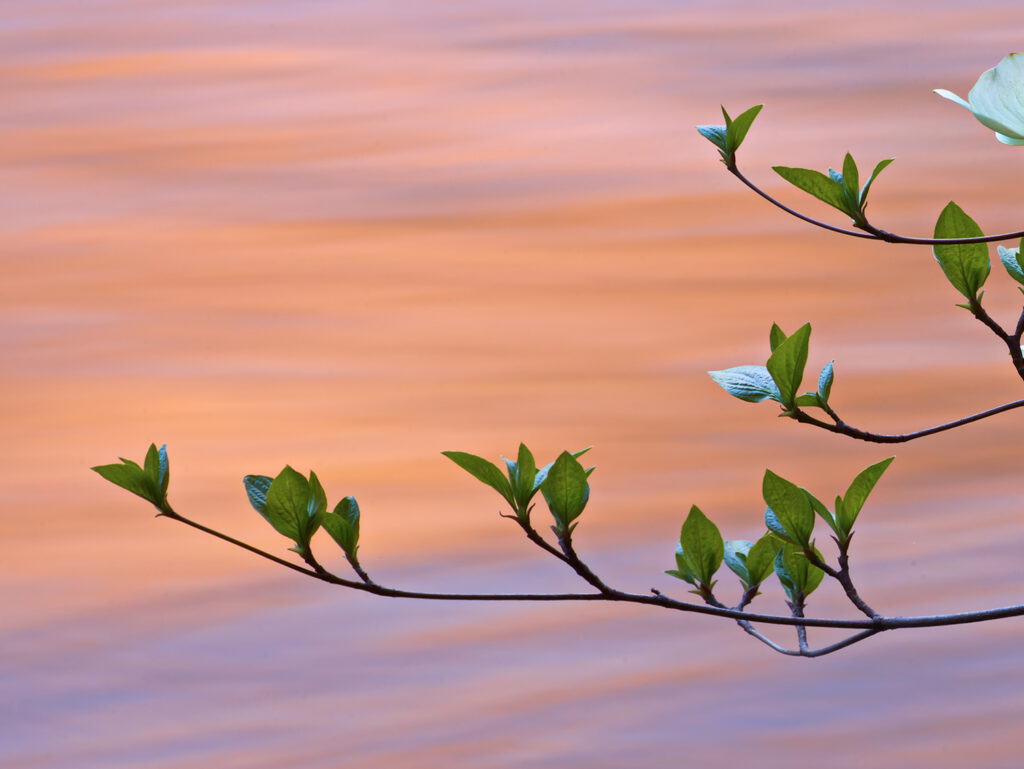
This image was taken at the Yosemite National Park, where most photographers go to shoot the iconic Ansel Adams images. In the 8 days I spent there I wasn’t seeking any of those shots, instead I went into the woods and hunted for trees. That’s how I found the dogwood next to the river. I had this idea of shooting the dogwood blooms against the backdrop of the river, but from an angle where, at sunset, the granite rock behind would light up and reflect in the river. So once I found the right spot I waited. It took 4 hours until the sun created this rich and delicate glow on the rock face and then further reflected in the Merced River. As I was standing there, waiting for a windless moment when the blooms stood still and I could take the shot, one ant after another started crawling up my legs and biting me. I remember wondering where the ants came from, but being too engrossed in the shoot to investigate. When I got home and zoomed in on the image, I saw the ants all over the branches of the dogwood. That detail in itself took me right back to the moment of the shoot.
When I first started in photography, I would go to iconic locations like a lot of people do, often to find myself standing there with a hundred other people to photograph a sunset. I didn’t get anything out of it, there was no satisfaction in taking those pictures, no emotional high, no fun in it. I wanted my photography to be more than luck in getting the perfect sunset or sunrise. What I love is the journey, the hike to that secret place, that spot only I know of. It’s all about the experience of being there, about walking for 2 hours in the dark in grizzly bear territory just to find my pre-scouted spot, or being stalked by a puma in Chile, or being covered in leeches in Tasmania, while I stand and wait for the right moment. That’s why every photo has a story, every photo is a journey.
That’s what photography is to me: taking people on a journey, to these places that I call intimate landscapes – the spots in nature where everything comes together, the light, the composition, the subject.
This image is extraordinary to me because it represents what I love about photography: being in nature, being present and noticing what’s around me, finding that unique composition made up of nature’s elements. It has an emotional impact, on me and hopefully on the viewer too. The image is graceful and peaceful, it calms you down and envelopes you in warmth.
At the end of the day, that’s what photography is to me: taking people on a journey, to these places that I call intimate landscapes – the spots in nature where everything comes together, the light, the composition, the subject. I want people to feel like they’re there with me, that they can smell the autumn leaves, hear the rush of the water, and feel the warmth of the light.
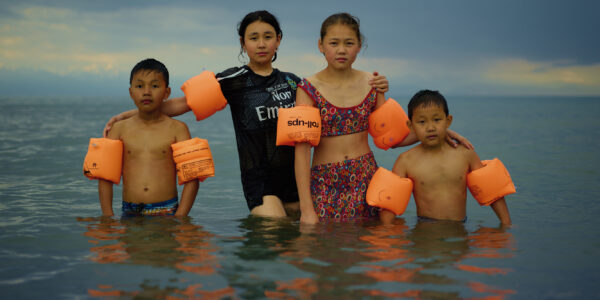
Photographer Stories
Intimacy in focus: Louise’s lens on humanity with Phase One_Part1
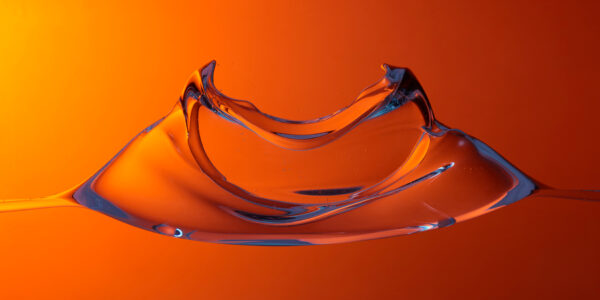
Photographer Stories
Dimitri Newman: Vision is Just the Start
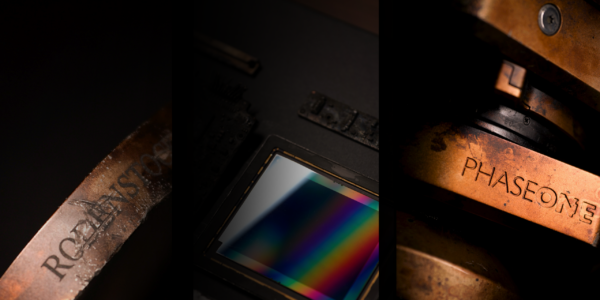
Photographer Stories
Ashes: The Rebirth of a Camera- Hexmalo
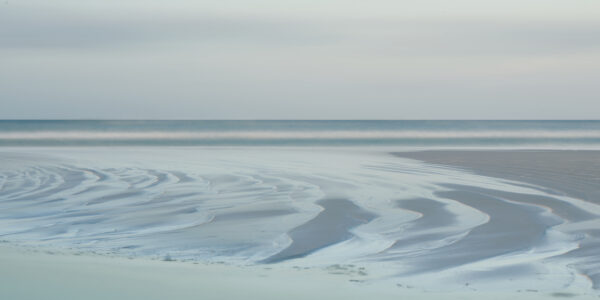
Photographer Stories
Chandler Williams: A Photographer’s Path
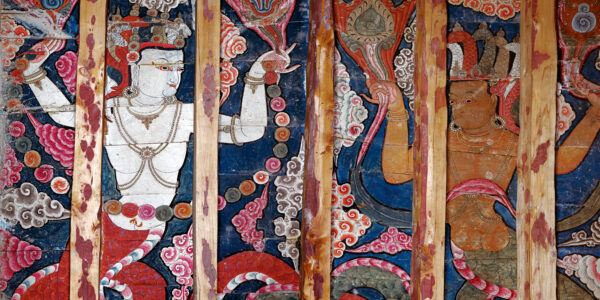
Photographer Stories
TABO- Gods of Light
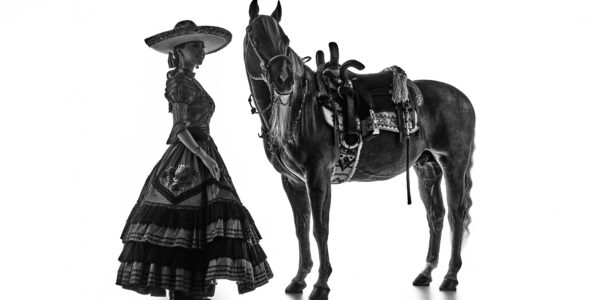
Photographer Stories
Loreto Villarreal – An Evolving Vision
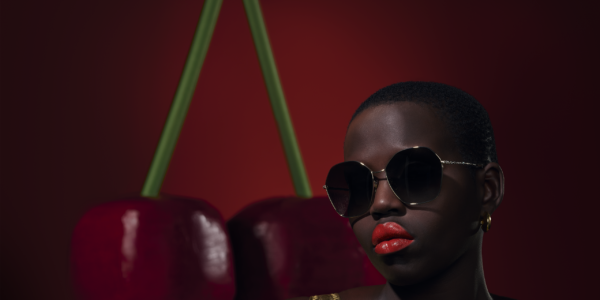
Photographer Stories
Tobias Meier – Storytelling Photography
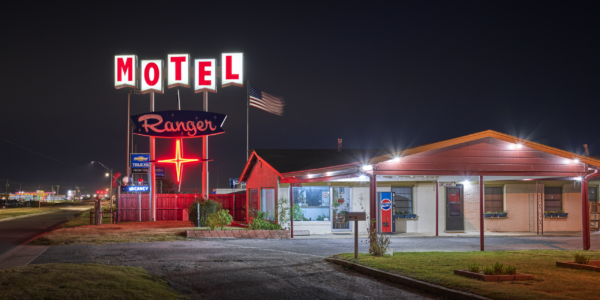
Photographer Stories
Gregory Essayan – Curating Reality
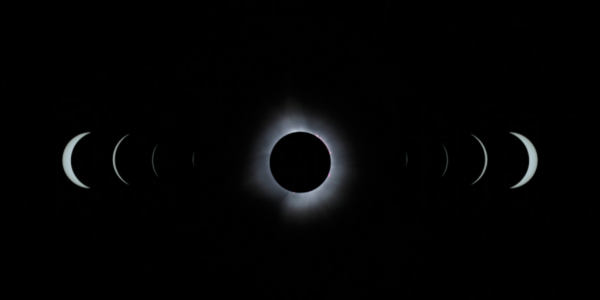
Photographer Stories
Total Solar Eclipse – Matthew C. Ng
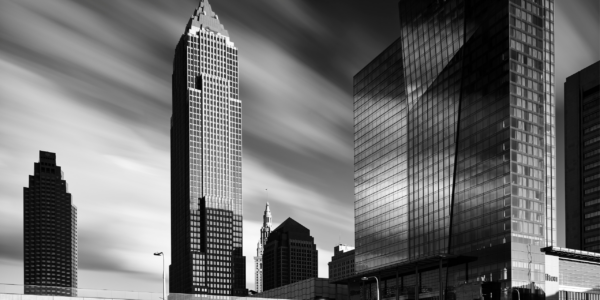
Photographer Stories
Roger Mastroianni – Frame Averaging
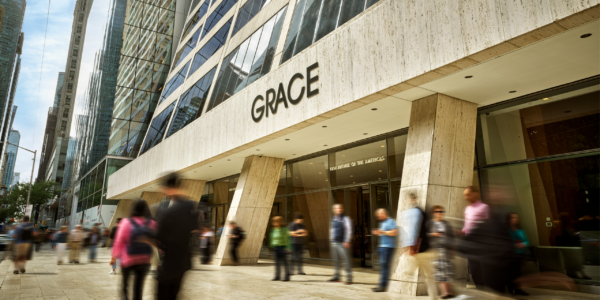
Photographer Stories
Matthew Plexman – Bringing portraits to life
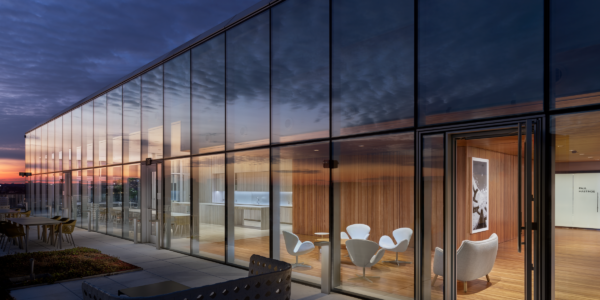
Photographer Stories
Prakash Patel – A Visual Design Story

Photographer Stories
Karen Culp – Food Photography Ideas
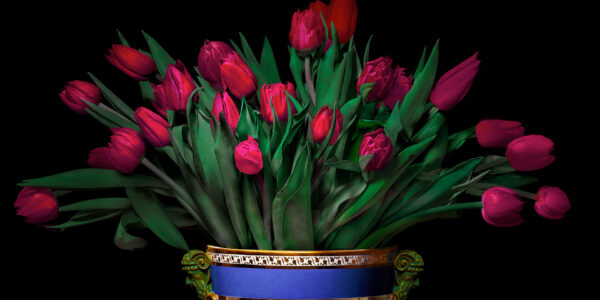
Photographer Stories
T.M. Glass: Flower portraits
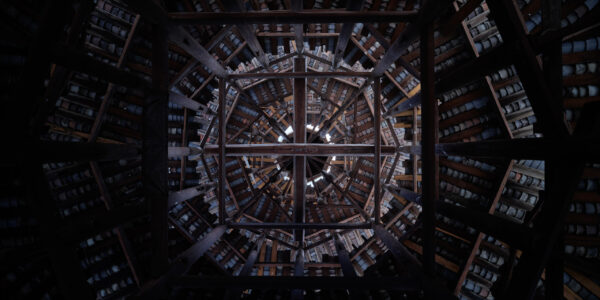
Photographer Stories
Preserving ancient Chinese buildings – Dong Village
